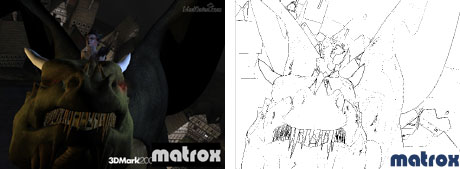G
Guest
Guest
Nvidia's Adaptive Temporal Anti-Aliasing (ATAA) technology combines Temporal Anti-Aliasing (TAA) with adaptive ray tracing.
Nvidia Presents Adaptive Temporal Anti-Aliasing Technology : Read more
Nvidia Presents Adaptive Temporal Anti-Aliasing Technology : Read more


